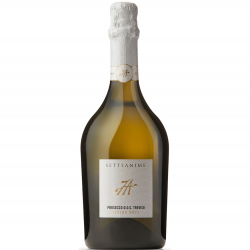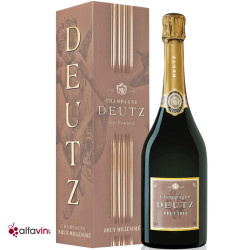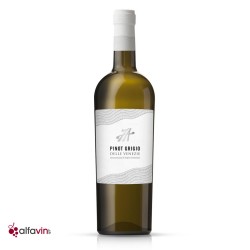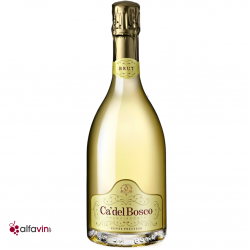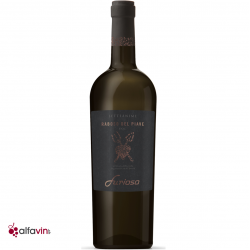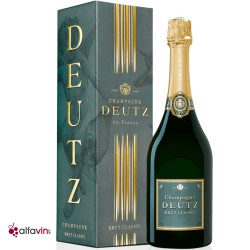When you are faced with all these bottles at the wine shop, in a supermarket or in a restaurant, it is sometimes very difficult to find your way around and to choose a particular wine. Crémant, sparkling, sparkling, champagne, and many others. All these terms belong to a single category: sparkling wines. To help you find your way through all these labels and choose the bottle that makes you happy, Alfavin.ch tells you more about the differences between these wines.
What is the difference between a sparkling wine and a crémant?
Strictly speaking, there is no difference since a crémant is a sparkling wine. In our article sparkling wines and champagnes we explain in more detail the reasons for this confusion. As a reminder, sparkling, semi-sparkling and pearling are the 3 sub-categories belonging to the sparkling wine category. Beyond the grape varieties, production regions and vinification methods, what separates these wines is their carbon dioxide content. For the category of sparkling wines, the pressure must be at least 3 bars while it must be between 1.5 and 2 bars for sparkling wines. Finally, the pearl wines are wines whose principle is to finish in bottle the alcoholic fermentation started in tank. The transformation of the remaining sugars into alcohol by the yeasts creates carbon dioxide. As the quantity is low, the wine feels like it is pearling.
What is the difference between champagne and crémant?
As explained in our article sparkling wines and champagnes, these two wines belong to the same category since they are both wines produced with the traditional method (named méthode champenoise for the AOC Champagne). As a reminder, this method of vinification consists in carrying out a second fermentation in the bottle to obtain the foam. However, there are some differences between a crémant and a champagne. To be entitled to the appellation champagne, the wines must age for a minimum of 15 months on the lath, while the crémant has an obligation to age for 12 months to become an AOC. The second difference, more subtle, concerns the authorized grape varieties. Champagne authorizes Chardonnay, Pinot Noir and Pinot Meunier plus a few other lesser-known grape varieties. For Crémant on the other hand, depending on the region of production, one will not necessarily find the same grape varieties. As the AOC Crémant exists in several French regions, there are ampelographic differences. In the Jura, you can find Poulsard, Trousseau or Savagnin. In Alsace, grape varieties such as Auxerrois, Riesling. In Savoie, Jacquère, Altesse. And many other grape varieties in other wine regions.
What do the different sparkling wines have in common?
Each sparkling wine has its own characteristics even if some of them are close or even similar. Method of vinification, authorized grape varieties, determined regions, so many points which differentiate them from each other. However, what brings them together is the fact that they are all composed of carbon dioxide. How is it formed? This is an important question that needs to be answered. Without going into too much physical and chemical detail, we will tell you a little more about how the bubble forms. In fact, as long as the bottle remains closed, there is no foam or bubble in the bottle; in appearance we have the impression of having a so-called still wine, but in fact a minimal amount of gas is dissolved in the liquid. Thanks to the work of Boyle-Mariotte, two physicists, we realized that when the bottle is uncorked, the gas increases in volume because the pressure decreases at the same time. To be more precise, once the bottle is opened, the molecules of gas dissolved in the wine, under the phenomenon of the pressure which decreases, join together and pass to the gas state. What creates the foam or bubble when we serve an effervescent wine is the contact between the wine and the micro-dust or asperities contained in the glass.
To continue on the physical and chemical aspect, it is appropriate to speak briefly about the pressure in the bottles. In champagnes and crémants, the pressure is higher than in other types of wines. In fact, during the second fermentation in the bottle (traditional or champenoise method), sugar and yeast are added so that this fermentation can take place. And when the sugars are transformed into alcohol, carbon dioxide is formed at the same time.
You now know more about sparkling wines in general. Beyond the purely technical aspect of this article, remember that the large category that groups all these types of wines is that of sparkling wines, that depending on a country, a given region, the rules of production are not the same. As far as the foam is concerned, remember that there is gas and that when it comes into contact with micro-dust or asperities in the glass, it transforms and creates the foam.
Discover our articles on champagne:
How is sparkling wine is made
5 ideas for aperitif cocktails with champagne
How is champagne made?
Sparkling wines & Champagnes
All our advice to choose your champagne for parties!
Discover also our wine subscriptions to offer as gifts or for yourself.




